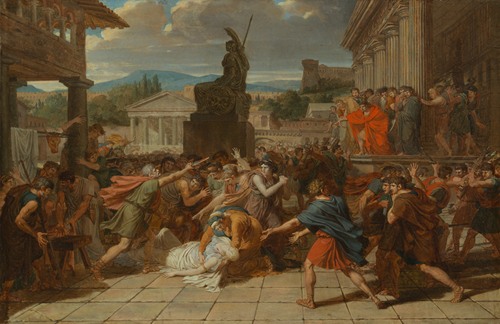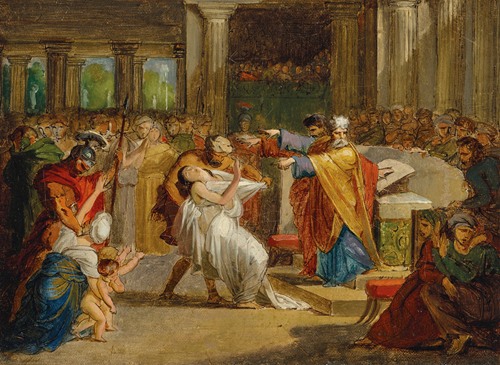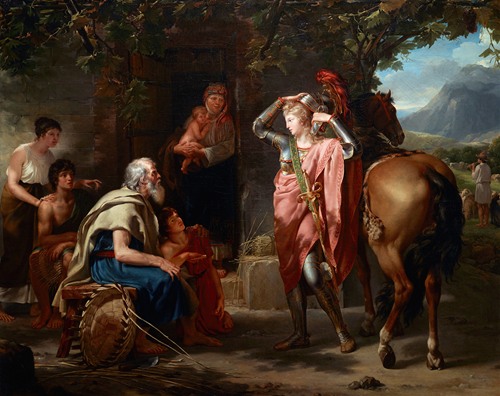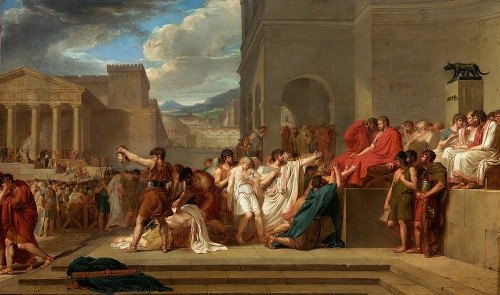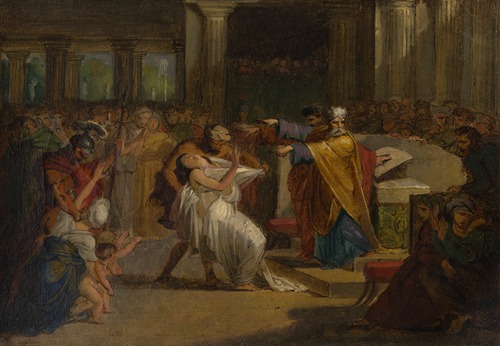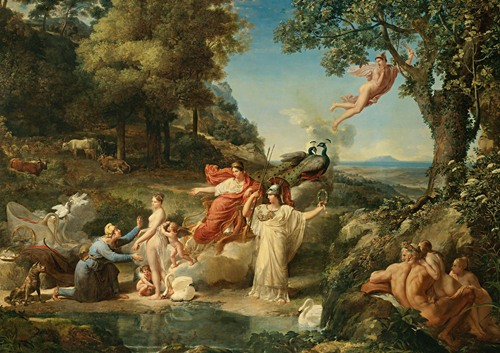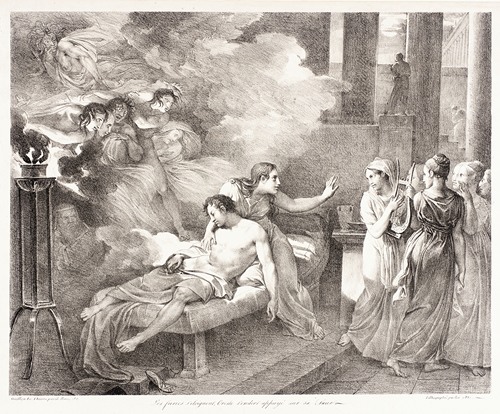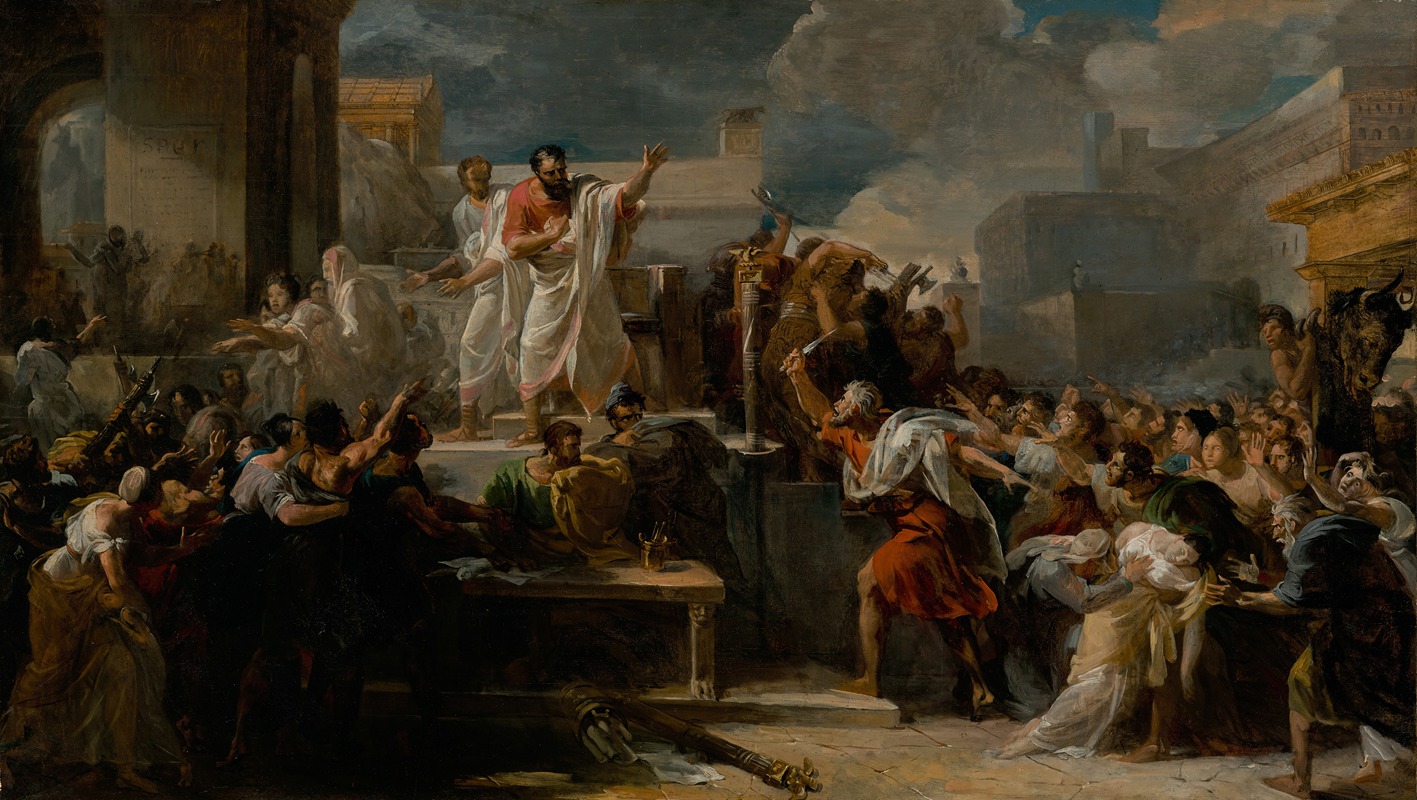
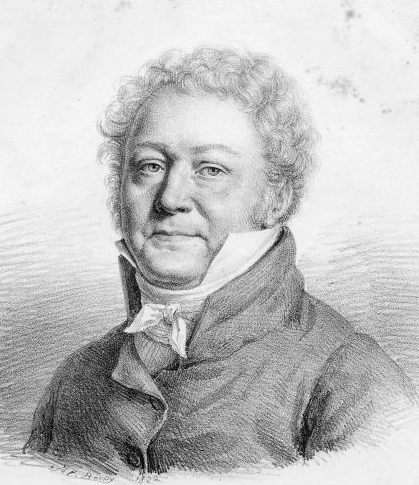
Guillaume Guillon-Lethière was a French neoclassical painter.
Born free in Guadeloupe in 1760 to a French colonial official named Pierre Guillon and a "mulatto" mother, Lethière has been often written about in the context of French colonial history and the French Revolution.
At 14 years old, his father took him from Guadeloupe to Metropolitan France. By the age of 17, Guillon-Lethièrehe had become the student of Gabriel François Doyen at the Académie royale de peinture et de sculpture. Lethière won second prize in the Prix de Rome of 1784 for his painting Woman of Canaan at the Feet of Christ. He entered again two years later, and while he did not win, he succeeded in receiving support to travel to Rome where he further developed his neoclassical style. Lethière remained in Rome for several years
In 1791 he returned to Paris to open a painting studio in direct competition with Jacques-Louis David. In 1818 Lethière was finally elected and also awarded the Légion d’honneur.
A year later he became a professor at the École des Beaux-Arts. Among his students were Isidore Pils and Polish -Lithuanian painter Kanuty Rusiecki. Lethière was foster father to Mélanie d'Hervilly, later Hahnemann.
